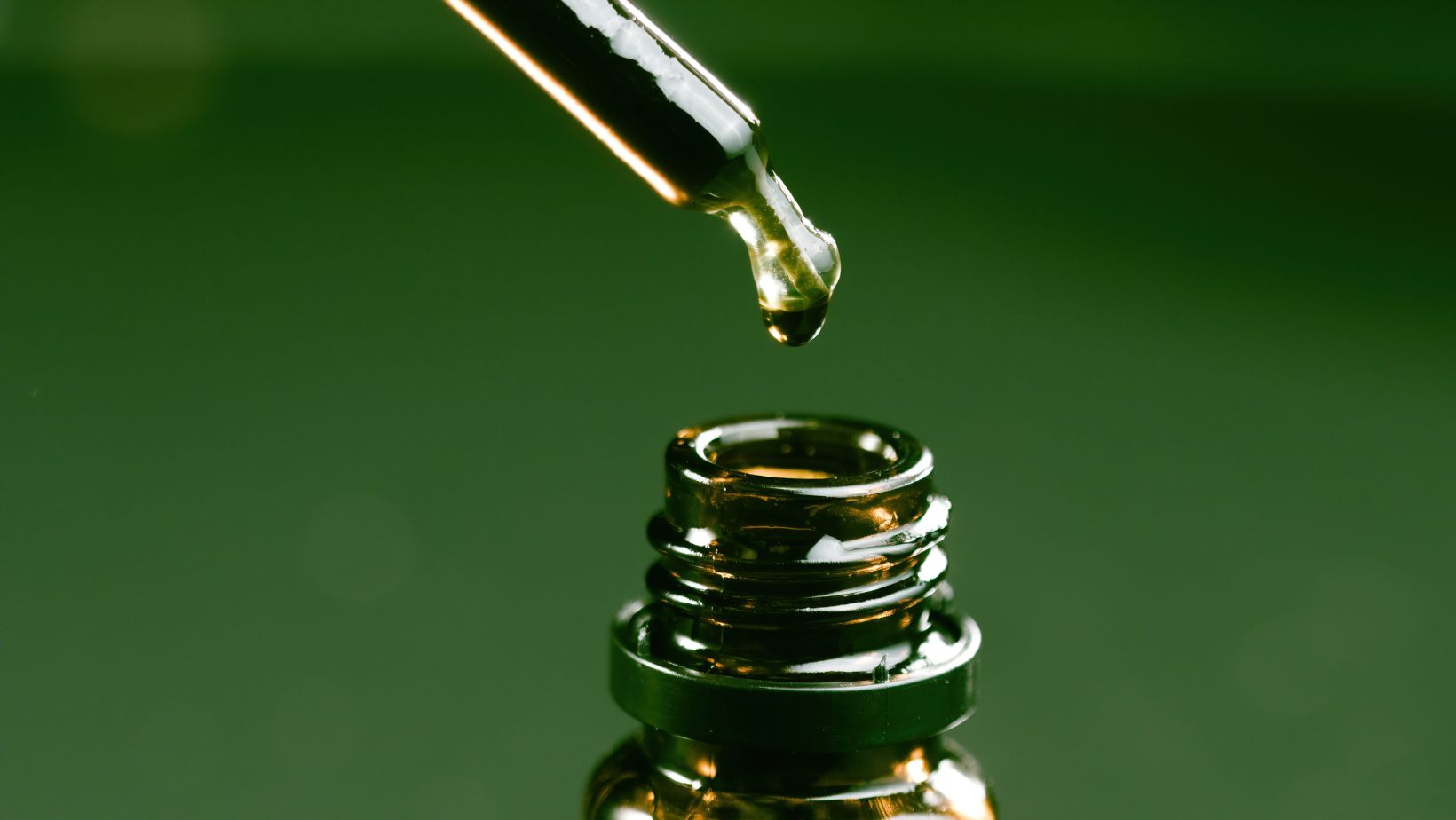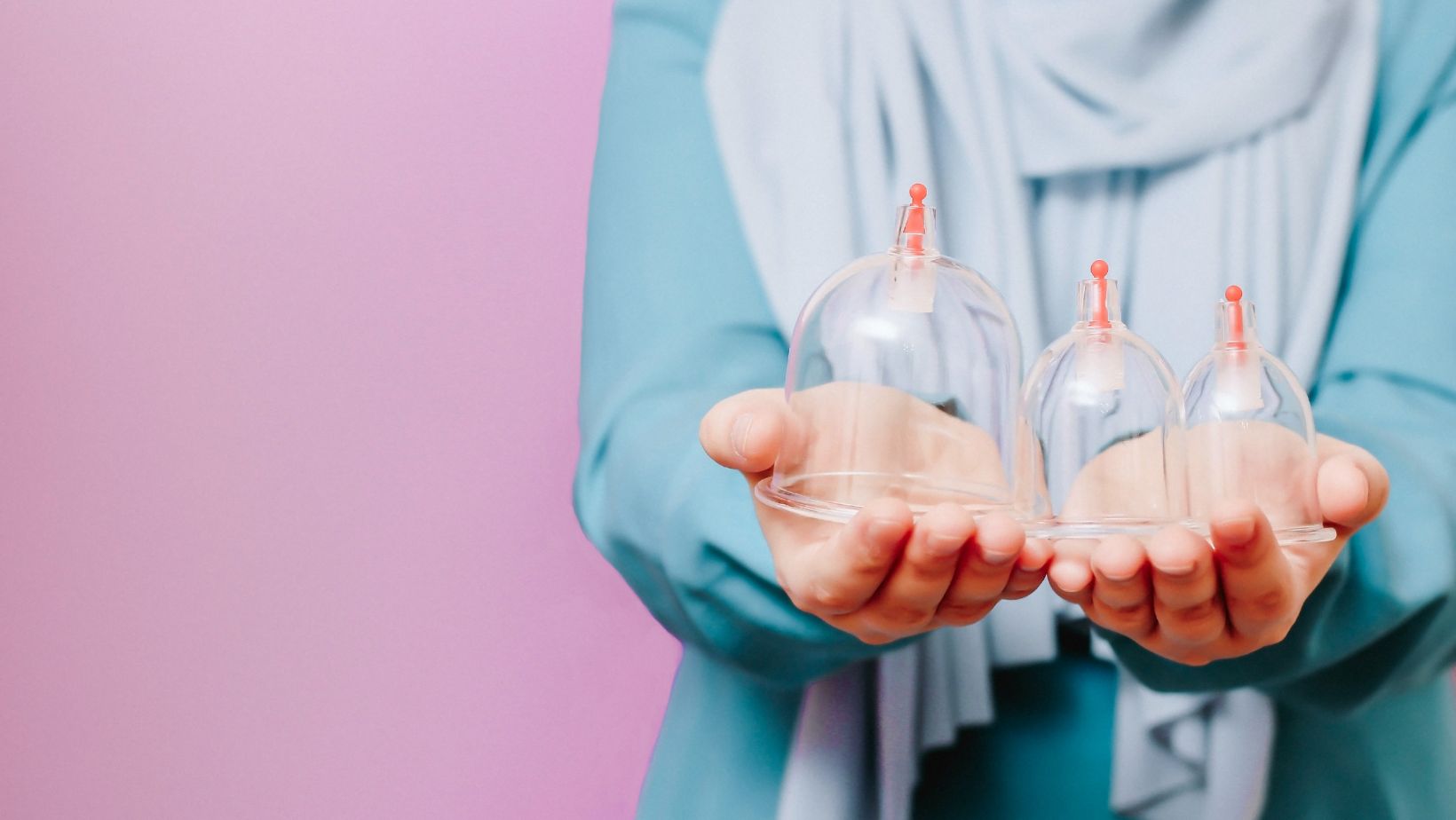How To Measure How Many Drops In A 15 ml Bottle

How Many Drops In A 15 ml Bottle
If you’ve ever wondered how to measure the number of drops in a 15 ml bottle, you’re not alone. Many people find it perplexing to determine the exact count of drops in such a small container. However, fear not! I’ll walk you through a simple method that will help you accurately measure the number of drops in your 15 ml bottle.
To start, it’s important to note that drop sizes can vary depending on factors such as viscosity and dropper design. Therefore, it’s always recommended to conduct a test with water or another liquid before measuring any precise quantities.
Here’s what you need to do: first, ensure that the dropper is clean and free from any residue. Next, hold the dropper vertically over a clean surface or container, making sure it doesn’t touch anything else. Slowly squeeze the rubber bulb at the top of the dropper until a single drop falls out. Repeat this process multiple times – I suggest at least ten times – and record the average number of drops produced.

Understanding The Volume Of A 15 ml Bottle
When it comes to measuring the number of drops in a 15 ml bottle, it’s important to have a clear understanding of the volume that the bottle can hold. This knowledge will help you accurately determine the number of drops for various purposes such as medication dosage, essential oil usage, or even crafting projects.
A 15 ml bottle is commonly used for storing liquids and is equivalent to approximately 0.5 fluid ounces. It is important to note that different droppers may dispense different volumes per drop, so it’s always recommended to refer to the specific dropper instructions if available. However, as a general rule of thumb, let’s explore how we can estimate the number of drops in a 15 ml bottle.
To begin with, you could start by conducting a simple experiment using water and an empty dropper. Fill your dropper with water and slowly release one drop at a time into an empty container while counting each drop. Repeat this process multiple times and calculate an average number of drops needed to fill up a known volume, such as one milliliter (ml). Once you have this average value, you can then use it as an estimation guide for determining the approximate number of drops in your 15 ml bottle.
Another approach would be to consult product labels or manufacturer specifications. Some manufacturers provide information on their packaging regarding the approximate number of drops per milliliter or per bottle size. While these numbers may vary depending on factors like viscosity and temperature, they can still provide valuable insights into estimating drop quantities.
Determining The Drop Size
When it comes to measuring how many drops are in a 15 ml bottle, there are a few factors to consider. The size of the dropper itself and the viscosity of the liquid can affect the number of drops dispensed. To get an accurate measurement, follow these steps:
- Choose a consistent dropper: Start by using a dropper with a standard size and shape. This will ensure that your measurements remain consistent throughout.
- Fill the dropper: Squeeze the rubber bulb at the top of the dropper and place it into the liquid. Release the bulb to draw in the liquid until it reaches its maximum capacity.
- Counting method: Now, you’ll need to decide on a counting method for determining drop size. There are two common approaches:
- Method 1: Hold the dropper perpendicular to your hand or surface and gently squeeze out one drop at a time while counting.
- Method 2: Place a clean piece of paper or tissue under the dropper tip and squeeze out several drops onto it, then count them all together.
- Repeat multiple times: For accuracy, repeat this process multiple times and calculate an average number of drops per milliliter (ml). This will help account for any variations caused by human error or inconsistencies in drop size.
- Calculate drops per ml: To determine how many drops there are in a 15 ml bottle, multiply your average number of drops per ml by 15.
Remember that these calculations provide an estimate rather than an exact measurement due to potential variations in drop sizes and other factors mentioned earlier. However, following this method should give you a reliable approximation for measuring how many drops are in your 15 ml bottle.




